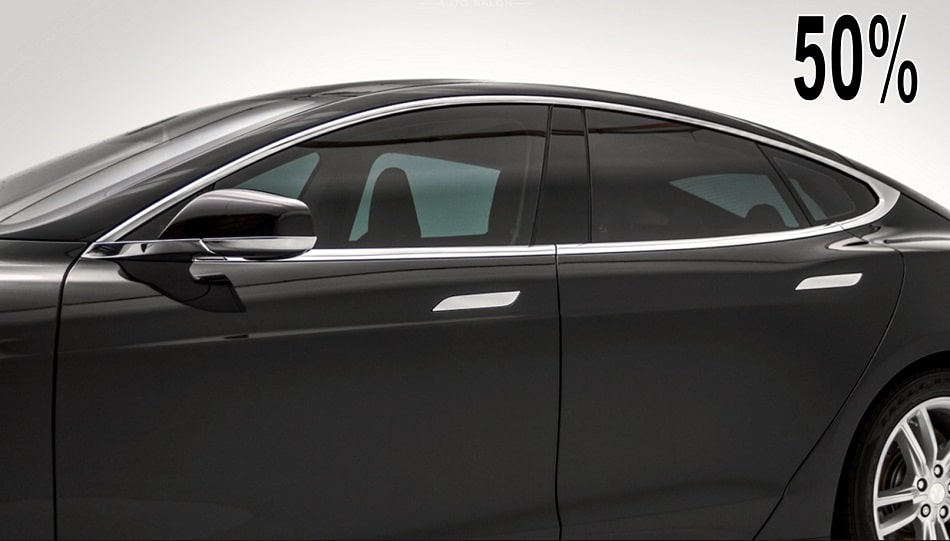

This is particularly the case with classic cars, where the 'old-school' look is best maintained with a high transparency tint, eg. However, some vehicle owners prefer a more transparent look. A Toyota Landcruiser with Iridium Ceramic window tint, 35% front and 20% VLT in the rear windows.
#TINT PERCENTAGES WINDOWS#
Many owners want a dark look, and in Queensland, that is normally achieved with 35% VLT film on the front side windows and 20% VLT film on the rear passenger and rear windows. A 35% film is a good option for making driving more comfortable and prolonging the life of your car's interior. If your primary motivation in choosing a tint for your windows is to reduce eye strain, glare or UV rays, then you don't need to go darkest legal to reap the benefits of good quality window tint. The darker your windows are, the harder it is for anyone else to see in.Ĭommercial vehicles are allowed to have darker tints in their rear windows than private ones, so if your vehicle is a registered commercial vehicle, you can get a 5% tint which offers maximum privacy for your passengers. If your goal is privacy, then the best option is to choose the darkest tint you're legally allowed to install. The best percentage for your windows depends on your reasons for tinting your windows in the first place. What Is The Best Car Window Tint Percentage? A Tesla Model 3 with our premium Iridium Ceramic window film, 35% VLT on front and rear side windows and the rear windscreen. No Australian states allow you to have anything with a higher rating. But if you are getting a tint for vehicle windows, you will need to choose a tint with 10% reflectivity or less. If you're choosing a tint for your home windows, whether you get a reflective one is just a matter of your preference in terms of appearance. In comparison, 10% is the approximate reflectivity of standard glass. 100% is about as reflective as a good mirror. The higher the number, the more light is reflected. Or it can reflect the light, which offers a reflective finish. It can either absorb the light, which gives a matt finish. This number is telling you about how much of the light is reflected. The other number that you might see quoted is reflectivity. What Does The Reflection Percentage Mean? So the lower the number, the darker the tint - 100% would allow all the light through, and 0% would be total blackout. This means that the percentage is how much light is let through the window. It stands for Visible Light Transmittance. VLT is the acronym you will most often see quoted when you look at window tinting. The combination of these two numbers lets you know how dark the windows will be and the appearance of the tint. When you start looking at different options, you'll see two percentages quoted. So in this article, we're going to discuss everything you need to know about window tint percentages so that you can choose with confidence. If it's a new topic to you, it can be confusing. If you're considering getting your windows tinted, either in your car or home, you'll have seen a lot of mention of tint percentage. Looking good in our premium Iridium Ceramic window film with 35% VLT front and rear!
#TINT PERCENTAGES HOW TO#

Similar to sunglass lenses, some tinting film contain metallic elements that help in reflecting incoming light and reducing the glare and heat generated by visible light. How Reflective Can Window Tint Be in Washington State? Non-reflective tint is allowed on the top 6 inches of the windshield. In Washington, this percentage refers to the percentage of visible light allowed in through the combination of film and the window. How Dark Can Window Tint Be in Washington State?ĭarkness of tint is measured by Visible Light Transmission percentage (VLT%). Window tinting laws vary from state to state and you should always thoroughly review the appropriate state regulations to make sure that you are in compliance with all applicable rules.

Washington Window Tint Law Washington Tint Law Enacted: 1993


 0 kommentar(er)
0 kommentar(er)
